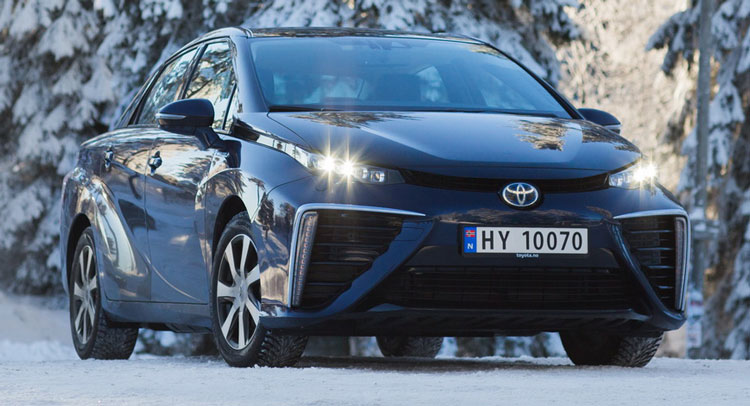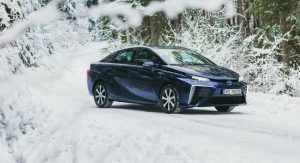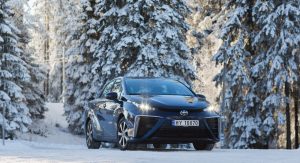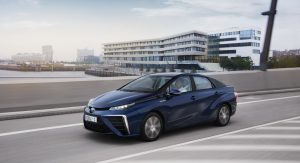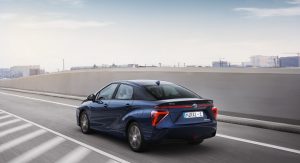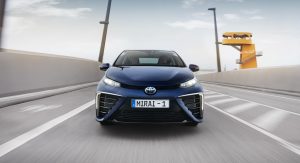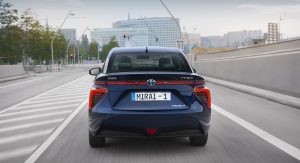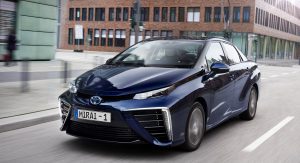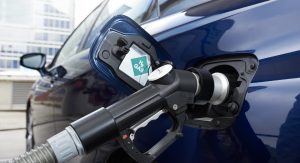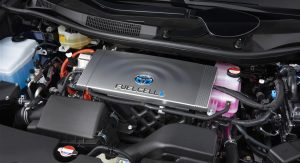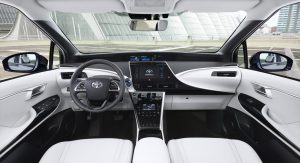Toyota’s new FCV is not afraid of the cold and to prove its abilities, it will hit two new European markets over the next few months: Norway and Sweden.
Both Nordic countries will start deliveries of the Mirai this summer, after the car was already launched last year in the UK, Germany and Denmark, followed by an early 2016 introduction to Belgium.
With hydrogen stations expected to become a priority in Norway via the 2018-2019 National Transport Plan, the Toyota Mirai comes at a time when there are just 5 existing hydrogen stations in the east of the country, but two local hydrogen providers, HYOP and Uno-X, are committed to add more than 20 stations by the end of the decade.
In neighboring Sweden, hydrogen can be easily sourced, as it is 100 percent locally produced, just like in Denmark. The country already has a number of hydrogen stations in cities such as Gothenburg, Stockholm and Malmo, and more are in the pipeline to open later this year.
Toyota expects to sell around 3,000 of the Mirai in 2017, with the number rising to around 30,000 units a year globally, in 2020, and the car is expected to contribute at the Toyota Environmental Challenge 2050, which aims at reducing CO2 emissions by 90 percent, in 2050, compared to 2010 levels.
The Toyota Mirai uses hydrogen to generate electricity within a fuel cell stack and it emits just water. It has a total driving range of around 500 km (310 miles) and refueling its tank with hydrogen takes approximately 3 minutes.



